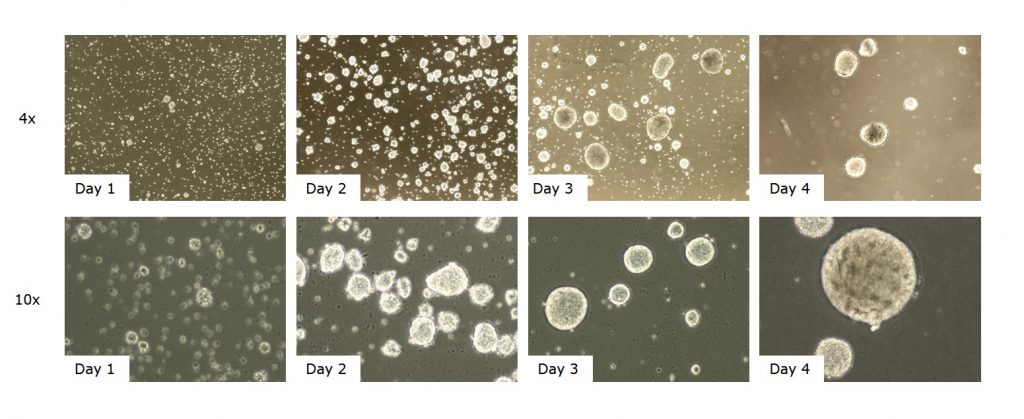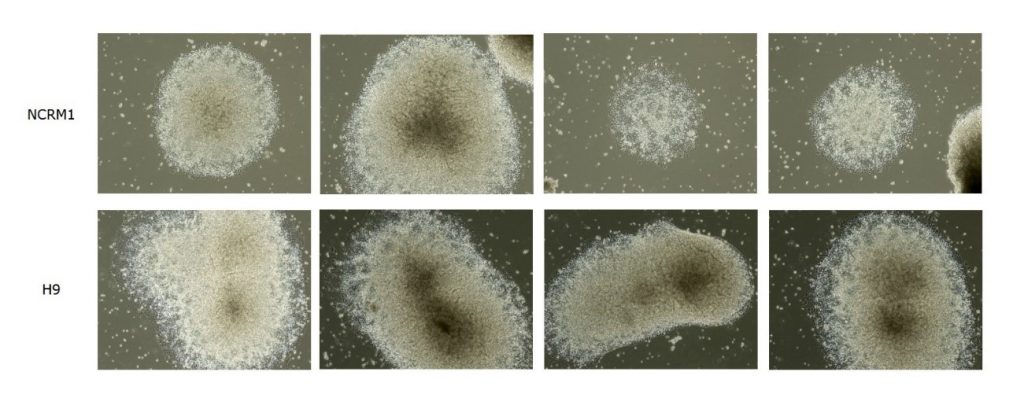Friday, August 9th, 2019. This date has been etched on my calendar since early June. For many of you, this is just a regular Friday in August, the end of a working week and the start of the weekend, nothing overly special about it. But as a Liverpool FC fan, this date represents the end of preseason, and the official start of their premier league season. Every year for 30 years I wait for this day with anticipation as everything begins again. For those that know me well, I have two favorite days: Christmas Day and EPL kickoff day. Both offer so much potential. At the end of both days, you have either had a great day, or a day to forgot, depending on how it all goes. For my long-suffering wife who has endured my support of Liverpool, she is always hopeful or the former, otherwise I am not fun to be around, well actually I am more like a curmudgeon for several hours. And for those who might have forgotten who Liverpool are, just a quick reminder about the reigning, defending, undisputed champions of Europe for 2018/2019.
Ok, enough of that. Sorry for that gratuitous and unnecessary picture of Liverpool winning last year, but it is a great picture. But, this was last year, and is now forgotten. For the past 4 weeks, the players have been returning from vacation to start all over again with pre-season. While matches are meaningless friendlies during this period, players get to regain fitness, learn new tactics, and lay the groundwork for what I and other Liverpool fans are hoping will be another great season. So why bring this up? Should I not be talking about science, why all this football talk (Or soccer depending on where you hail from). Well you’d be right, but the main reason for my segway relates to my topic for today, “Neuronal progenitors (NPCs)” and how we make them from iPSCs.
For me, progenitors represent the pre-season period, right before the real business of the football season begins. In science terms, its that period we use to make the cells that we will direct into neurons once they are ready. These progenitor cells are prepared and guided through the whole process carefully, put through their paces with rigorous characterization, so they are primed and ready once the real experiment is to start. This real season is when we turn them into neurons, with the hope that they will do something remarkable and help bring joy and wonder to our day, much like our hopes and dreams for our own sports team. But start with a bad batch of progenitors, or if you simply run into troubles making progenitors, then your neurons will likely fail to deliver success, bringing tears of frustration. Get it right, and you will witness some of the greatest neurons you will ever witness on a dish, possibly bringing moments of pure ecstasy as it leads to new and exciting data.
How we make neurons from progenitors, I discussed in my last entry, but I never did tell you how we make these NPCs from IPSCs. For making progenitors, we use a combination of small molecules targeting distinct developmental cues, that direct these progenitors towards either a dopaminergic or cortical fate, based on the recipe used. More details on the media and small molecules used is in our detailed SOP. The common approach we use in the group, uses embryoid bodies (EB), which involves dissociating our iPSCs into single cells, and letting them form 3D floating spheres on a dish. I don’t want to take credit for the protocol, we simply adapted our approach from another paper, first published in 2008. For those that wonder what an EB looks like, I have enclosed images below of these floating spheres forming over time, at different magnifications (4X and 10X).
 After about 8 days, these EBs are reseeded onto coated dishes, leading to the formation of neuronal rosettes structures, as shown below. The rosettes below were formed with two different cell-lines shown, the NCRM1 IPSC line from NIH, and the H9 cell-line from Wicell.
After about 8 days, these EBs are reseeded onto coated dishes, leading to the formation of neuronal rosettes structures, as shown below. The rosettes below were formed with two different cell-lines shown, the NCRM1 IPSC line from NIH, and the H9 cell-line from Wicell.
 These rosettes are grown for another week, and are then dissociated onto new dishes, leading to the formation of neuronal progenitors (NPC), shown below one day after seeding.
These rosettes are grown for another week, and are then dissociated onto new dishes, leading to the formation of neuronal progenitors (NPC), shown below one day after seeding.
These can be maintained and expanded over several passages, and at this stage you can grow large batches of NPCs that can be frozen down for when you need them to make neurons in your experiments. Besides EBs, the other approach we use, involves dissociating IPSCs into single cells and reseeding them in the presence of a neuronal induction media, leading to adherent cells that we induce into NPCs over 2-3 weeks. We refer to this as the monolayer approach.
One important consideration when making progenitors is the length of the induction period. When we want immature NPCs that will grow and proliferate, we do a 2-week induction period. But when we want them more mature and primed for neurons, we do the process for an extra week, for 3 weeks. This is something you will need to decide for yourself based on the cells used and the experiment you want to do, as often each cell-line can differ in its ability to generate high quality progenitor cells.
Once this process is complete, and NPCs are made, the preseason ends and the season begins for reals. For those curious, Liverpool FC got off to a good start, winning 4-1 at home on Friday against Norwich, so I am hopeful all the work in pre-season will pay off over the next 9 months. For those working with progenitors, I hope the hard work pays off and you have great neuronal cultures. And for Man United fans, I can only this season brings more struggles once again.
Next week, I will be following up on these recent entries by explaining how we make a third type of neuron, motor neurons, our next frontier in iPSC-derived neurons. We use these for our ALS studies in the group, and I look forward to explaining the process of how we make the motor neuron progenitors and the motor neurons themselves, with some background on we got into making them. Whether you are a scientist or a football supporter, enjoy the rollercoaster ride of emotion as your experiment or season progresses, I know I will, and here’s hoping it will be the way we want. And if not, there is always a new preseason around the corner.

What about the rugby season???
Thanks Paul. For me I was using football as an example but this pre-season to start of season can apply to any team or sport, which I assume in your case is rugby. Hope you enjoy the science part.